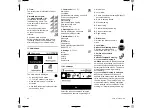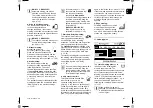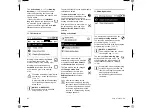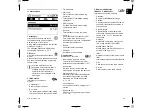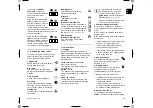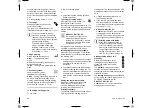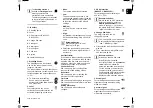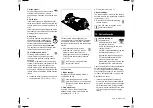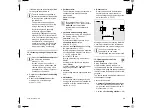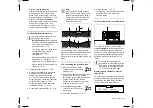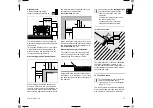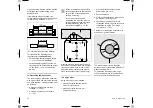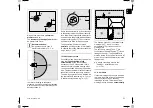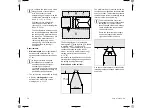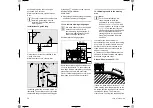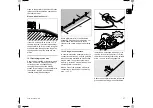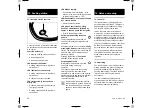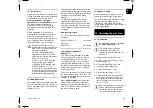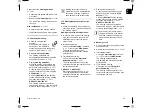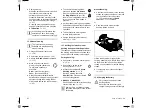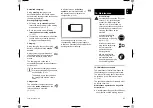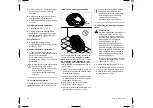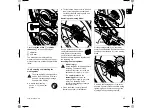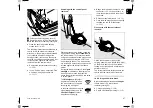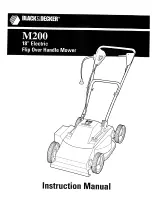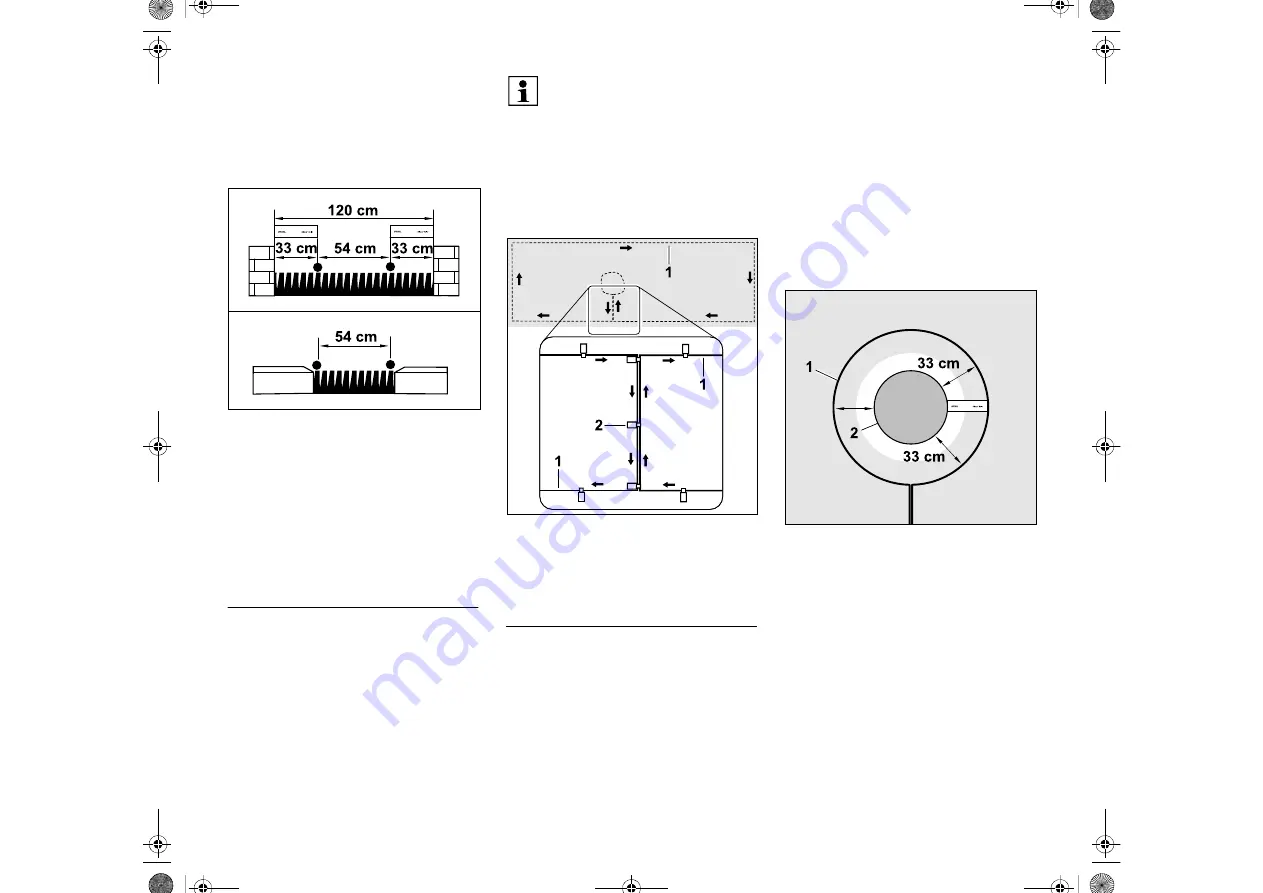
0478 131 8349 A - EN
52
areas of the mowing area must be blocked
off through appropriate routing of the
perimeter wire.
If two mowing areas are linked via a
narrow passage that can be travelled on, a
corridor can be installed. (
The minimum wire clearance is
54 cm
.
This results in the following space
requirements in
confined areas
:
– between high obstacles with a height
+/- 1 cm, such as walls
120 cm
,
– between adjoining areas that can be
travelled on with a stepped area height
of less than +/- 1 cm, such as paths
54 cm
.
12.8 Installing linking sections
The robotic mower ignores the perimeter
wire signal if the wires are routed parallel
and close together. Linking sections must
be installed
– where secondary areas are to be
– where no-go areas are necessary.
In linking sections, the perimeter wire (1)
must be routed parallel, the wires must not
cross and must be close to one another.
Attach the linking section to the ground
with a sufficient number of fixing pins (2).
12.9 No-go areas
No-go areas have to be installed
– around obstacles that the robotic
mower must not touch,
– around obstacles that are not
sufficiently sturdy,
– around obstacles that are too low.
Minimum height: 10 cm
STIHL recommends
●
blocking off obstacles by means of no-
go areas or removing them,
●
checking no-go areas after initial
installation or after changes to the wire
installation using the "Test edge"
command. (
Clearance for routing the perimeter wire
around a no-go area:
33 cm
The robotic mower travels along the
perimeter wire (1) around the obstacle (2)
without bumping into it.
To guarantee robust operation, no-go
areas should be more or less round and
not oval, angular or inwardly curved.
STIHL recommends laying linking
sections together with the relevant
no-go areas or secondary areas
during wire routing.
In the case of retrospective
installation, the wire loop must be
cut and linking sections must then
be integrated using the wire
connectors supplied. (



